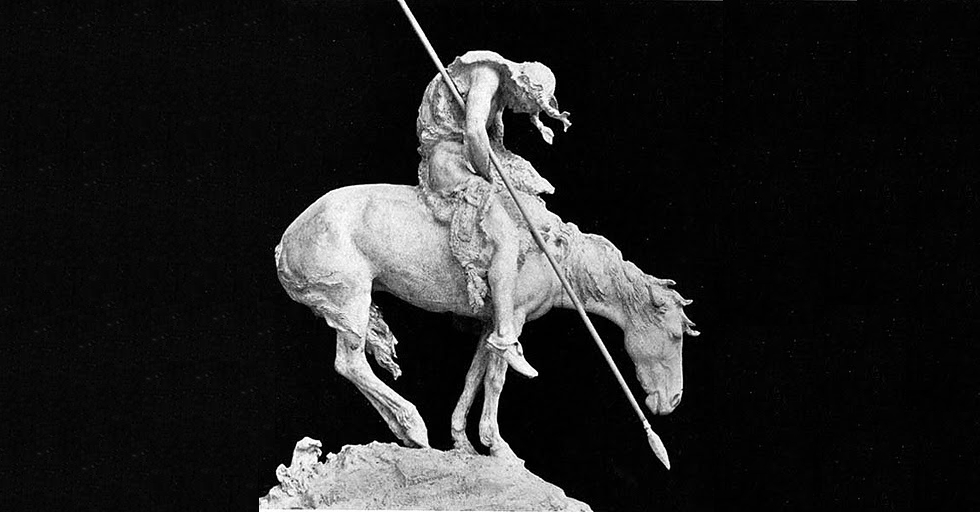I am sure that I share this experience with many people who work in Native Studies, or in the study of indigenous religions at least. I often find myself meeting people and then having to field their inappropriate responses after hearing what I “do.” To be more specific, people seem to have absolutely no idea how their responses evidence a totalizing colonial mindset. A sample dialogue:
Oh, a professor, how interesting! What do you teach?
I primarily teach courses in Native Studies, or courses about indigenous peoples around the globe.
That’s interesting. I also feel deeply connected to American Indians. I love Sedona and Santa Fe. I guess I’m just a spiritual person.
The last sentence has some variation, including “I like how they have a spiritual connection to the earth.”
What makes this, in my mind, one of the most challenging of colonial mindsets is that such perceptions of native people are fostered by how indigenous people around the world represent themselves. Due to the on-going theft of native lands, indigenous people have used the linguistic framings of “sacred” property and “spiritual” connections to the land and to “nature” as key articulations of their own sovereignty. The thought was that such framing devices would help land claims cases. Whether a serious matter of internal colonization or simply the attempt to communicate to cultural outsiders in terms the outsiders might better understand, the connection between spirituality and indigenous people runs deep in history. Over and over, scholars have shown that the earliest representations of native people that circulated throughout the 17th and 18th centuries were that they lacked civilization and therefore were somehow untainted by the material concerns for possessions, laws, and capitalism. During these same early reports, indigenous peoples of the Americas (and other lands), were portrayed as some sort of animal-human hybrids, close to nature, more wild than fully evolved people. In the worse cases they were cannibalistic monsters; in more romantic characterizations, they were children of nature. Michael Taussig demonstrated how such projections excused the othering and killing of indigenous peoples in South America in one century, and then provided the “magic of primitivism” in a later era, both parts constituting the project of colonization. And yet, in the first quarter of the 21st century, little has changed. One can draw fairly quickly a direct line from the earliest and most racist views of indigenous peoples to the mascots, Navajo designed fashions of Urban Outfitters, Halloween costumes of American Indians, and the continued legal theft of indigenous lands across the globe.
Historically, we can now look back and see how modernity was perhaps defined by a yearning to make sense of everything in categorical and typological fashion. From Darwin’s desire to categorize everything to the creation of academic disciplines, the world not only could be understood, but there was a category for everything and everything belonged in its place. The most basic of these categorical distinctions is a binary: mind/body, body/spirit, us/them, knowledge/belief, black/white, straight/gay, etc. These dichotomies are often a sign of elementary thinking: we begin with basics, including basic ways to differentiate between two things.
But as our own lives prove time and time again: life is messy. Boundaries break down. Borders are porous. And still, these false binaries continue to frame legal practices and the sciences, and therefore have serious consequences for subjugated or marginalized peoples. Western man has logic; ethnic people have beliefs. Western man has History and Science and other people have folklore, mythology, and superstition.
Page 1 of 5 | Next page
